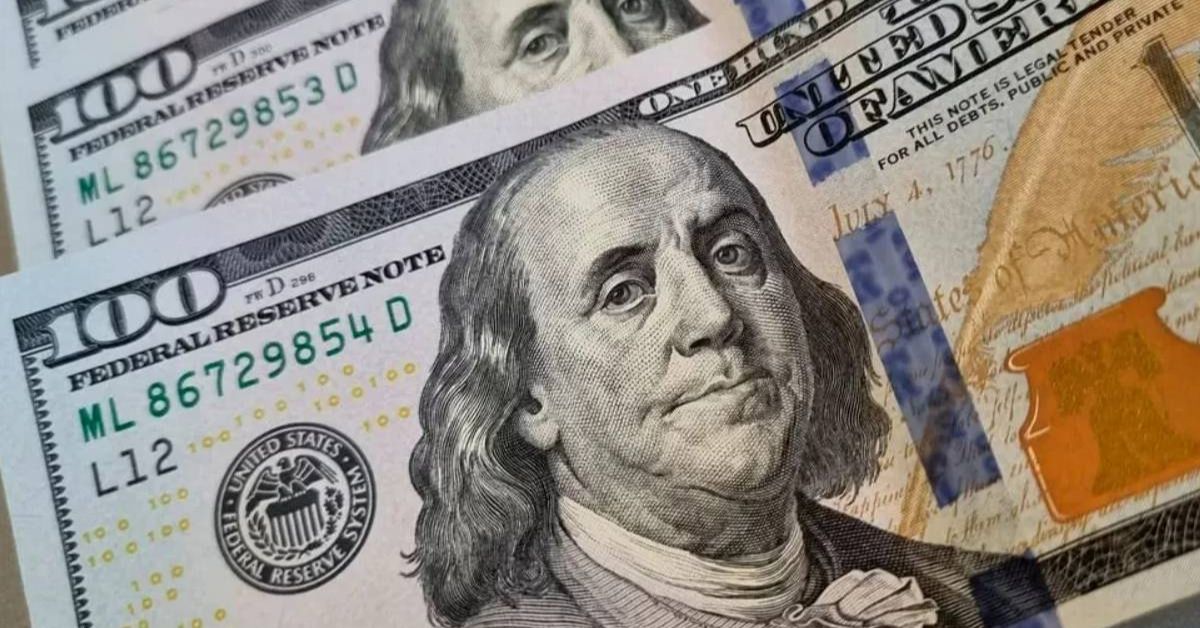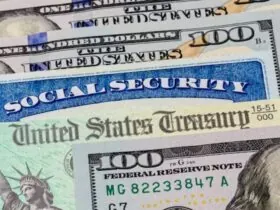In recent months, a wave of rumors has circulated regarding the future of high-denomination banknotes in the United States, particularly the $100 bill. As of October 2024, the U.S. Government has clarified that while certain notes in poor condition will no longer be accepted in transactions, the $100 bill is not facing elimination. Instead, it is set to undergo a redesign in 2034, ensuring its continued presence in the U.S. monetary system.
Current Status of the $100 Bill
This Article Includes
As of the end of 2023, the $100 bill has become increasingly prevalent, surpassing the $1 bill in circulation. The Federal Reserve Board reported that there were approximately 4.4 million more $100 bills in circulation than $1 bills, accounting for more than 60% of total cash in circulation across these two denominations. The $1 bill has a lifespan of about 6.6 years, while the $100 bill boasts a much longer lifespan of nearly 23 years.
The Global Presence of the $100 Bill
Interestingly, around 80% of all $100 bills are found outside the United States. In many developing nations, holding U.S. dollars, particularly high-denomination bills, serves as a safeguard against the instability of local currencies. This global demand is not only a testament to the dollar’s reliability but also highlights the practicality of using $100 bills for large transactions.
Economic Debates Surrounding High-Denomination Bills
Rumors about eliminating the $100 bill are often intertwined with ongoing economic debates. Some economists, like Harvard University’s Ken Rogoff, have advocated for the removal of high-denomination currency to hinder the movement of large sums of money, which could potentially reduce crime rates. The idea is that making cash transactions more challenging would deter illicit activities such as drug trafficking and tax evasion.
Additionally, eliminating high-denomination bills could pave the way for implementing negative interest rates, a strategy some economists believe could revive the economy during financial crises. This perspective was notably discussed in a 2016 paper by Peter Sands from Harvard’s Mossavar-Rahmani Center for Business and Government.
Commitment to the $100 Bill
Despite these discussions and recommendations, there are currently no plans to withdraw the $100 or $50 bills from circulation. On the contrary, the U.S. Government has committed to maintaining these denominations, with plans for redesigning both the $50 and $100 bills in the coming years. The $50 bill is set to receive a new design in 2028, while the $100 bill will follow in 2034, underscoring the government’s intention to keep these bills integral to the financial system.
Conclusion
In summary, the $100 bill remains a crucial component of the U.S. monetary framework, dismissing the unfounded rumors of its elimination. With its longevity, widespread use, and significant global presence, the $100 bill will continue to be a reliable currency for transactions well into the future. As the U.S. Government prepares for redesigns, it reaffirms its commitment to maintaining this vital denomination in the economy.







Leave a Reply